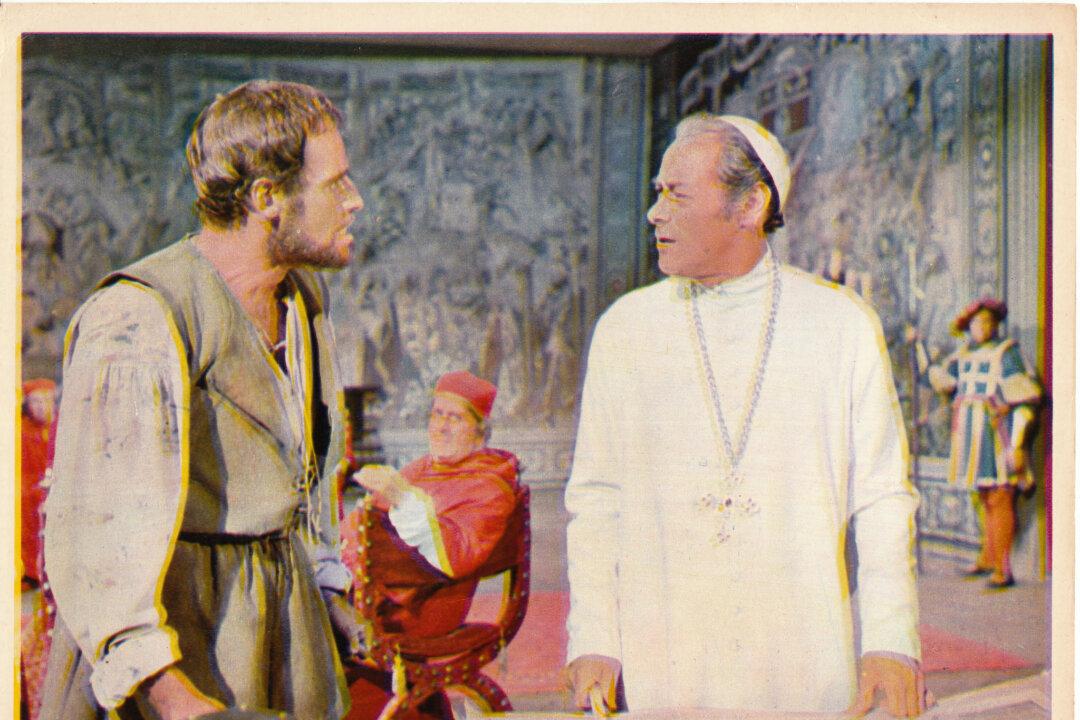NR | 2h 18min | Drama | 1965
As most historical films go, “The Agony and the Ecstasy” lacks a surprise ending. But what it lacks in entertainment flourish, it makes up for in meaning and depth, celebrating art as an expression of love.

NR | 2h 18min | Drama | 1965
As most historical films go, “The Agony and the Ecstasy” lacks a surprise ending. But what it lacks in entertainment flourish, it makes up for in meaning and depth, celebrating art as an expression of love.